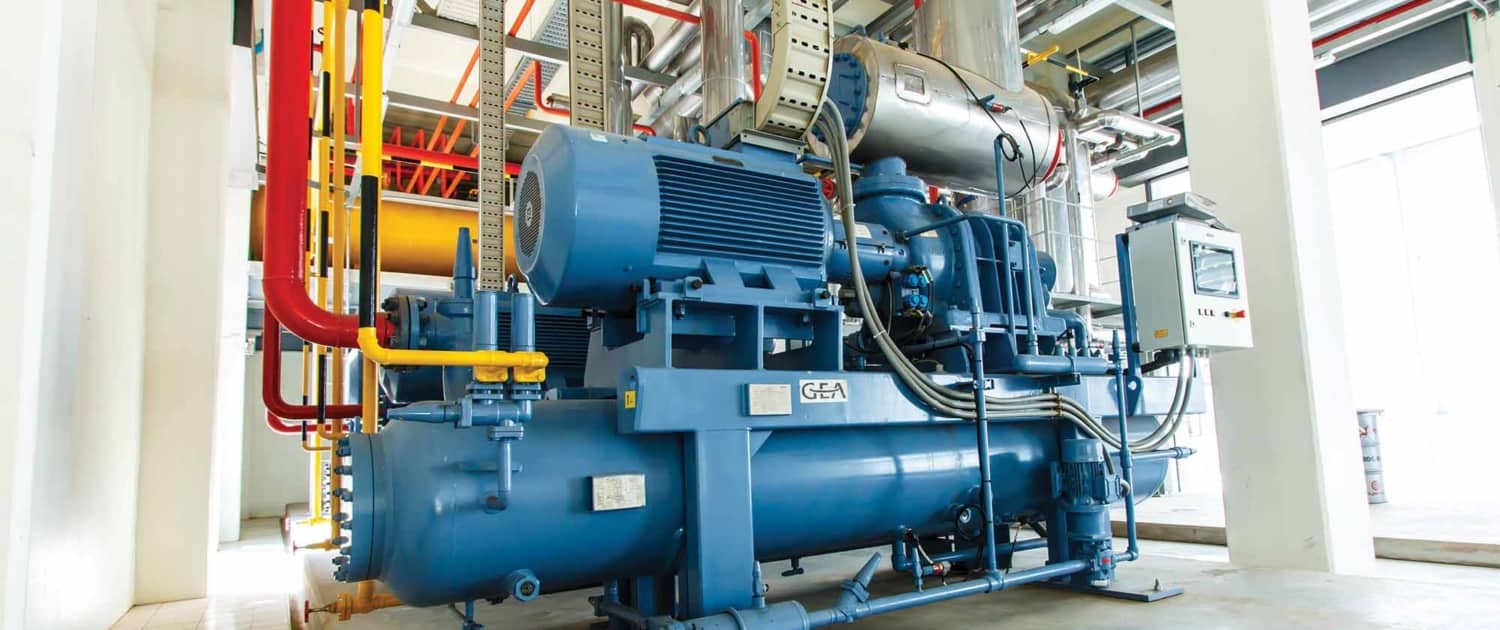Water systems are designed to move water in one direction. This keeps treated water moving from a source to an end user. It also keeps wastewater separate from clean water and transported to treatment. Sewer backflow is a term used in plumbing for unexpected flow of water in the reverse direction.
How does backflow happen?
To a business, backflow is a serious and potentially costly concern. When a municipal drainage system or sewer overflows into your building, it can be a serious safety and health risk that requires immediate and proper clean-up. Backflow can cause damage to your building and equipment. Even more important is if a backflow is improperly cleaned, it could lead to disease and contamination of your property. Backflow prevention measures are required by the majority of city ordinances and these same regulations require you to have these devices tested annually.
Water systems use gravity and pressure to move water from one place to another. Wastewater generally flows by just using gravity, but old cracked pipes, blockages, heavy rain or snowmelt can slow or even stop the natural flow of wastewater. Your sump pump may fail, or there may be a blockage near your building. When the pressure leading away from your building drops or stops completely, the water that should be leaving your building can flow into clean water supplies. While you have no control over public sewer systems, you do have an ally in a backflow prevention device.
How do backflow prevention devices work?
They function as your own automatic flood gate. When the valve senses a drop in city or building water pressure, these devices automatically stop all backflow from filling your pipes and potentially flooding your building and entering clean water supplies.
A licensed plumber is required to install, maintain, and inspect these devices
The issue with backflow prevention devices is that they are difficult for an untrained eye to notice issues with them because they only operate when you have a backflow issue. These systems have many moving parts and they need to be periodically cleaned and tested for efficiency and to make sure they operate properly. In fact, most municipalities allow only a licensed plumber to do the test for backflow preventers that protect the drinking water supply. Further, if your building needs to have a backflow prevention device, a professional plumber will make sure this device is installed according to code.
A&G Services is the professional commercial plumber your business needs
No matter what it is your business does, it is extremely important that you take proactive measures to protect clean drinking water. This not only goes for your business and your building but to your community as a whole. Contaminated wastewater contains a number of health concerns and once this enters your business, you put your employees and your customers at risk. In the majority of cases, the costs of a proper clean up after a backflow problem exceeds the costs of the installation, maintenance, and proper inspection of the device.
To make sure your plumbing system is safe from backflow, call us today. We will inspect your system, compare it to current municipal requirements depending on your location, and give you a plan to make sure your water supply is clean and safe.




